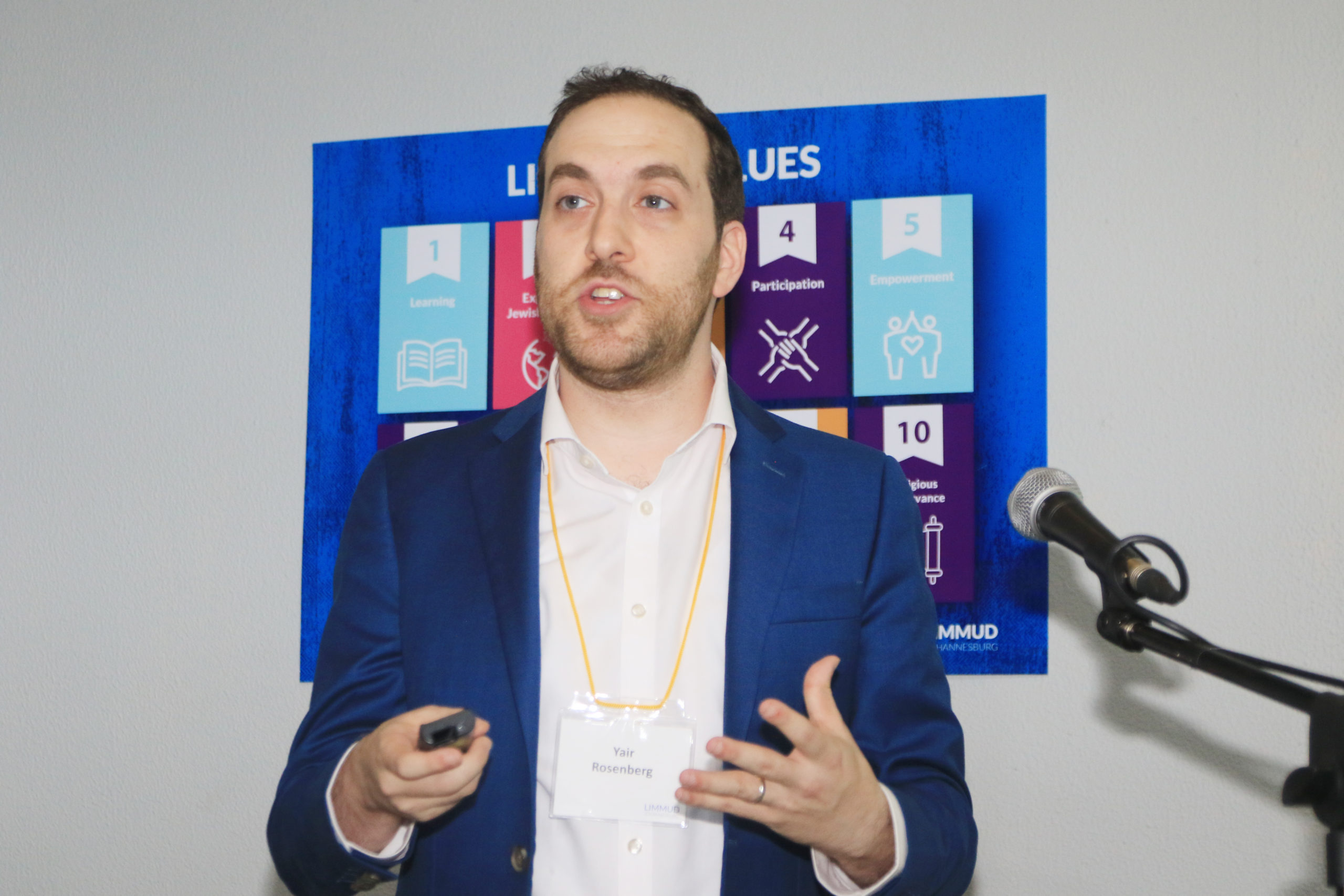
Featured Item

Misconceptions about antisemitism work against fighting it
To fight antisemitism effectively, we need to understand common misconceptions about it, American journalist Yair Rosenberg said.
“The problem,” said Rosenberg, “is that more people than ever say they’re against antisemitism, but around the world it doesn’t seem to be getting better. In some cases, it seems to have got worse.” For example, in the United States, the biggest percentage of hate crimes are committed against Jews in spite of them constituting just 2% of the country’s population.
Rosenberg, who writes for The Atlantic, where he runs his Deep Shtetl newsletter, is a frequent commentator and speaker on the issue of antisemitism in the modern era. The first of three main misconceptions surrounding antisemitism – that lead to ignorance about what it actually looks like and therefore inaction in stopping it – is the word itself, said Rosenberg. This is confusing as some mistakenly give it positive connotations associating it with “anti-racism”, or argue about who the semitic race actually is.
The word was coined in the 19th century by an antisemite seeking a scientific-sounding name to make his Jew hatred more respectable. “Over time, Jews themselves appropriated the term to describe prejudice towards them, but it was a word designed purposefully to obfuscate the hate, not explain it,” said Rosenberg. Therefore, debates around the word can overshadow the need to tackle the term itself. When discussing antisemitism, he suggested, incorporate terms like “anti-Jewish prejudice”.
The second misconception about antisemitism, said Rosenberg, is what he calls, “the Holocaust trap”. Though countless movies have been made about the Holocaust, only about 15 have been made purely about antisemitism without reference to the Holocaust.
This pattern can be damaging, Rosenberg said. “It’s taking a pervasive historical phenomenon, a living force that continues to this day, and reducing it to its most extreme manifestation.” So, people equate the Holocaust with antisemitism and therefore see it as an ancient relic that doesn’t happen anymore. This is why there’s shock when antisemitic attacks occur today.
“In educating people about antisemitism, we need to contextualise the Holocaust as part of a broader, antisemitic conversation, not as its totality,” said Rosenberg. “The Holocaust was built on a foundation of antisemitic ideas and structures which still reverberate today.”
Finally, Rosenberg spoke about the conspiracy theory that largely underlies antisemitism – something most people don’t understand. “When people think about prejudice, most think about social prejudice, saying those people are different to me and I don’t want to hire them or live near them,” he said.
Though antisemitism has that component, it also has a unique, additional aspect – the conspiracy theory of Jewish control of the world. This is the idea that Jews are behind everything from politics to the media, causing all the world’s problems, Rosenberg said.
“This isn’t something that you see in most forms of social prejudice, which is why most non-Jewish people aren’t aware that this is how antisemitism manifests in the world.”
By understanding these misconceptions, he concluded, we can better fight any antisemitism we may encounter.










